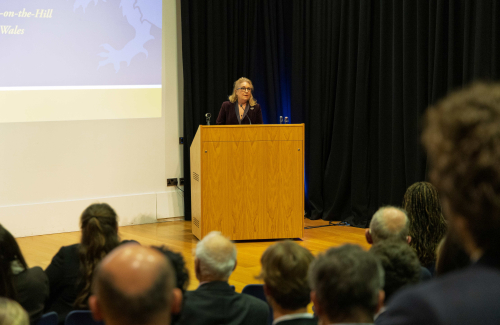More Pembroke news
Right-beaked or Left-beaked? Eye strength determines for New Caledonian Crow
NEWS |
Pembroke's Professor Alex Kacelnik, Fellow and Tutor in Biology, is a research specialist in the New Caledonian crow. These birds are known to be accomplished at using tools (they must use sticks to extract larvae from burrows), but a new study released yesterday shows that they exhibit preferences for using either the right or left side of their beak when doing so.
As Professor Kacelnik explains, this is related to the strength of vision in their eyes: “If you were holding a brush in your mouth and one of your eyes [was] better than the other at brush length, you would hold the brush so that its tip fell in view of the better eye. This is what the crows do.”
The new study also suggests that the birds’ extreme binocular vision helps the crows see better with one eye at a time. Binocular vision is often connected to allowing the brain to compare the images seen by each eye, inferring properties of the scene from the differences between these images. However, with the crows it turned out that, most frequently, they only see the tool tip and target with one eye at a time, using their binocular vision for better monocular vision by allowing each eye to see further toward the other side of the beak.
“Birds and humans face similar problems in tool use and many other activities,” Professor Kacelnik says. “Studying similar problems across species helps to put all of them in perspective.”
This new research was reported in the Cell Press journal Current Biology on December 4.

